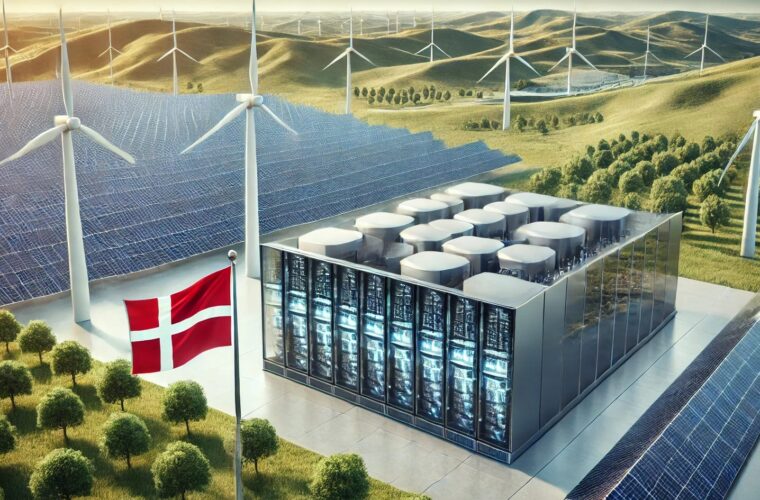Most developed economies are experiencing a rapid historical replacement of copper by fibre optics in telecommunications network infrastructures. This does not mean this material is being abandoned; it is far from it. The digital and energy transition is abundantly used in the electrification of transport, manufacturing (and in general in the non-hard-to-abate industry), construction, and heating/cooling of buildings, to name a few examples.
For all these reasons, the value of copper has been increasing by 50% in world markets in recent years, and the demand for this metal could grow by more than 50% by 2040. According to TXO estimates, the telecommunications industry could recover up to 800,000 tons of disused copper by 2035, with a market value (at current prices) of around $7 billion. A value understood by companies in the sector, which have initiated copper recovery projects and programs, such as OpenReach in the UK, which is expected to recover 200,000 tons within the next 15 years.
Growing demand for copper for data centres, AI, green transition and semiconductors
More generally, however, the demand for copper is not only related to the energy transition and electrification but also to the digital transition, semiconductor foundries, data centres, and new technologies such as artificial intelligence, which also demand a large share. According to Agcnews, the benchmark three-month forward contract for copper rose to $11,104.5 per ton on the London Metal Exchange on 20 May, the highest level ever recorded. On Friday, 31 May, it traded above $10,000.

Then it declined and dropped 2.6 per cent to below the critical $10,000 threshold (it is currently valued at just under $9,900 per ton). Perhaps only a temporary trend, however, because Pierre Andurand, a leading commodities trader, told the Financial Times that within 4-5 years, the price per ton of copper could reach $40,000. “We are moving towards a doubling of the growth in demand for copper due to the electrification of the world, including electric vehicles, solar panels, wind farms, but also military use and centresnters,” said Andurand, explaining that in the next five years, the supply will be able to settle and thus calm the market. If this is the trend, new mines will be needed (average time to open a mining site is 15 years) and then years before all global demand will be met.
In between a global crisis
The report from TXO sheds light on just how much money the telcos’ legacy copper networks could be worth. According to the report, telecom companies could expect to recover up to 800,000 tons of copper by 2035, worth up to $7 billion at today’s prices. “The geopolitical risks such as Russia and Gaza have not had an impact on supply, so I think that is why the oil price has been relatively stable, and I expect it to remain that way.
I do not expect a large move in oil prices,” he said. Despite last year’s losses, the fund’s annualized net return from inception in June 2019 is 34 per cent, according to a source who has seen the numbers. Andurand also has a bullish view on other commodities, including cocoa, which tripled in price from the start of the year to mid-April, and aluminium, which he thinks will keep rising in price for similar reasons to copper, as it can be substituted for the red metal.



